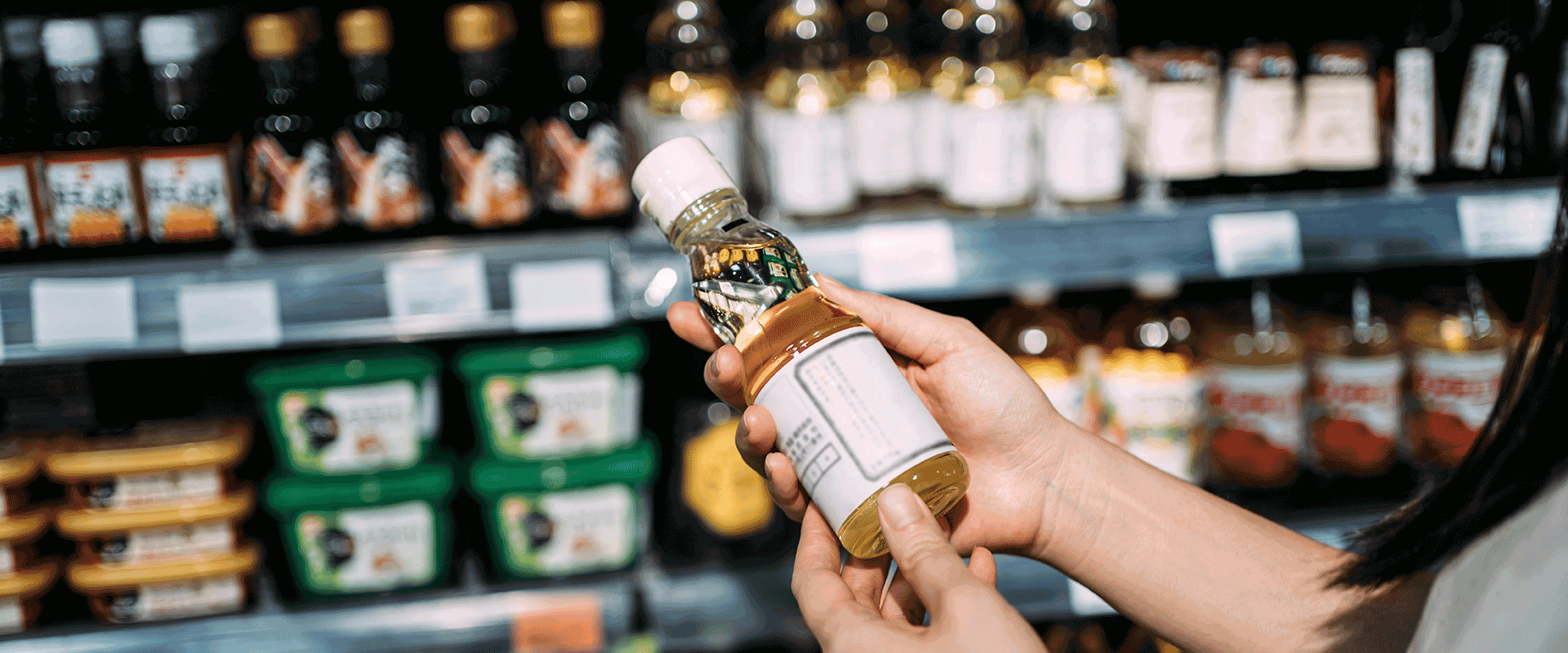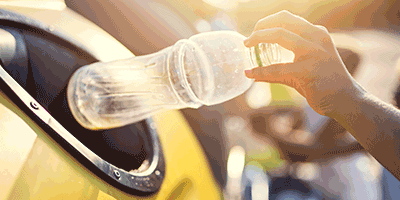Given the complex and sometimes contradictory dynamics of the CPG industry — marked by external challenges, increasing overall spend and shifting priorities — where do the opportunities lie?
The major opportunity for converters and investors alike is to partner with brand decision-makers, understand what they are up against and deliver value-added solutions.
In practical terms, delivering those solutions can take many forms. Some providers will be able to draw on existing capabilities. Others will need to build or acquire them.
One of the most significant sets of challenges — cutting across both sustainability and ecommerce — concerns materials. The ability to, for example, work with sustainable materials without sacrificing performance, or to design packages that reduce weight while providing robust product protection for ecommerce, will be a main source of competitive advantage.
For industry participants, enhancing or adding such capabilities should be a strategic priority. For investors, identifying companies that offer these capabilities, or facilitating strategic acquisitions that add such capabilities to the offering, has the potential to be a pathway to competitive returns.
The good news is that while the industry is changing, its trajectory seems clear. Act now to be ready for a world of continued SKU proliferation, intensifying sustainability demands and a continued shift to ecommerce — and to help brand owners rise to the challenge.
If you would like to learn more or request access to the full 2021 Brand Owner Packaging Study, please contact us at industrials@lek.com.










